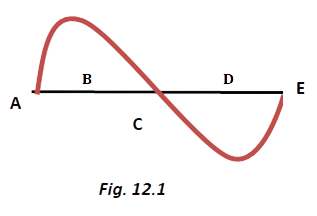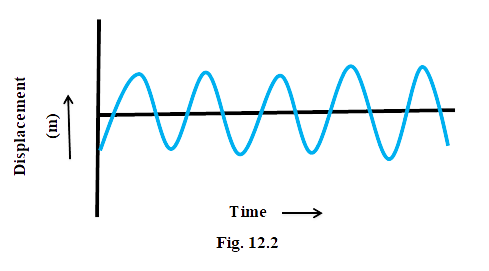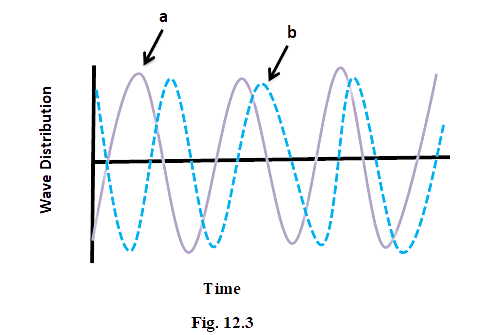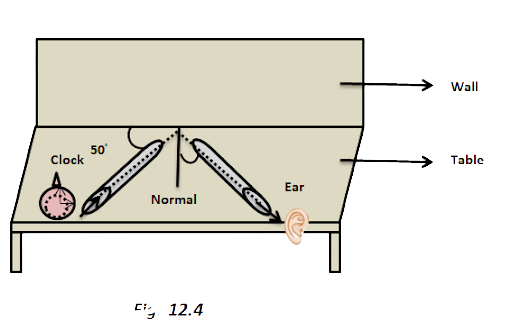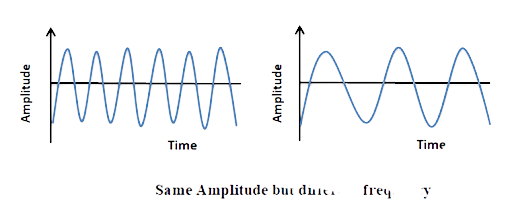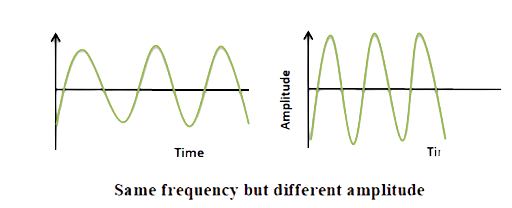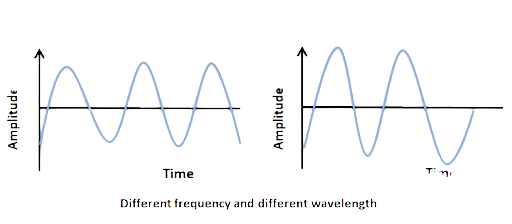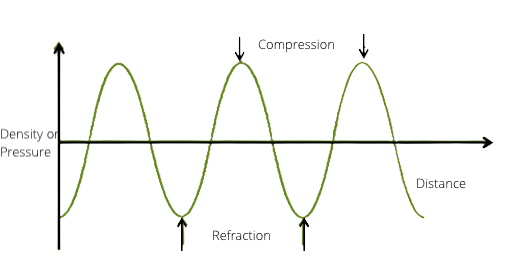NCERT Exemplar for Class 9 Science - Sound - Free PDF Download
FAQs on NCERT Exemplar for Class 9 Science Chapter 12 - Sound
Chapter 12 of Class 9 Science exemplar contains questions of topics of utmost importance like:
Sound production
Sound propagation
Sound waves and their characteristics
Speed of sound in different media
Reflection of sound and reverberation
Echo
Range of hearing
Ultrasound and its applications
Sonar
Structure of the human ear
It is beneficial for students of Class 9 to download NCERT exemplar as this exemplar:
Contains solutions to questions present in NCERT textbook and NCERT exemplar book.
The solutions to each answer are provided in the simplest possible way so that it is understandable by Class 9 students.
The solutions are strictly based on the CBSE syllabus and not concepts different from the syllabus that has been discussed.
The questions are prepared in a pattern that is similar to the examination pattern and may help students during boards.
4. How can Vedantu help me in preparing for my exams?
Here are certain tips from our experts that will surely help you in attempting questions from Chapter 12, that is, sound:
A good understanding of the basic concepts is very important as that will only help you to solve difficult questions easily.
Practice numerical as much as you can so that you don't make any silly mistakes while attempting your question paper.
Practice important diagrams given in the Chapter, like, the structure of the human ear so that you can make a well-labelled diagram in your exam and don't lose any marks there.
























